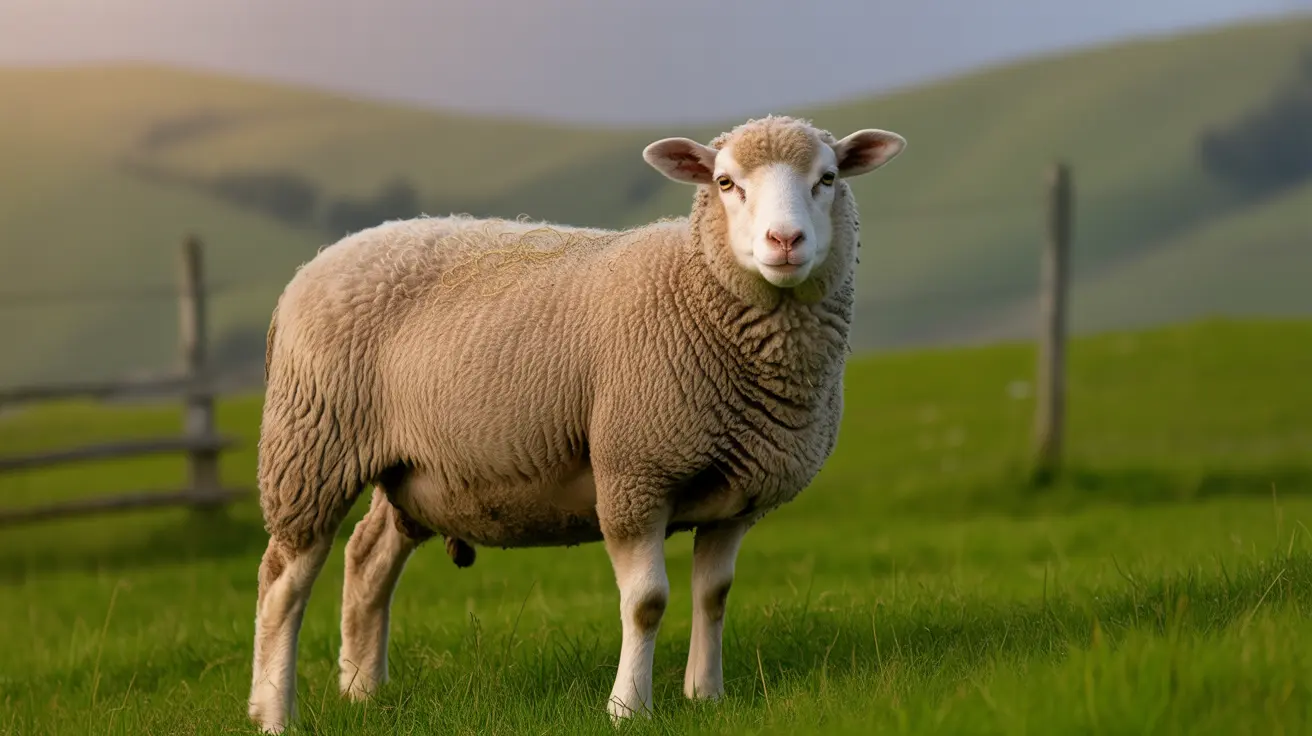Is Rice or Pasta Better for Dogs? A Complete Guide
When it comes to feeding your furry friend human food, pet owners often ponder: what's better for dogs, rice or pasta? While both are staples in many households, their suitability for dogs varies significantly based on digestibility, nutrient content, and health impact. Here's a comprehensive look to help you make the best dietary choices for your canine companion.
Why Rice Is Often Preferred for Dogs
Rice is a commonly recommended food for dogs by veterinarians, especially when dogs are experiencing gastrointestinal distress such as vomiting or diarrhea.
- Easily Digestible: White rice is particularly easy on a dog’s digestive system due to its low fiber content.
- Nutrient-Rich: Both white and brown rice offer essential nutrients such as B vitamins, magnesium, manganese, and iron.
- Energy Source: The carbohydrates in rice supply readily available energy for active or recovering dogs.
- Low in Fat and Sodium: Rice is naturally low in fat and sodium, making it safe for pets with certain dietary restrictions.
- Versatility: When combined with lean proteins like boiled chicken or turkey, rice forms a nutritious meal suitable for temporary feeding.
White Rice vs. Brown Rice
- White Rice: Recommended for upset stomachs due to its simplicity and easy digestibility. Ideal for short-term feeding when dogs have gastrointestinal issues.
- Brown Rice: Higher in fiber and micronutrients, but can be harder to digest. Best for healthy dogs needing sustained energy rather than those with digestive issues.
Concerns and Limitations of Rice
- High Glycemic Index: White rice can spike blood sugar levels, making it a less ideal option for diabetic or overweight dogs.
- Portion Control: Rice should make up no more than 10% of a dog’s daily caloric intake. Feeding too much can cause weight gain and nutritional imbalances.
- Arsenic Content: Though rice may absorb arsenic from the environment, no confirmed arsenic toxicity cases have been reported in dogs.
Rice Feeding Guidelines by Dog Size
- Extra-Small Dogs (2–20 lbs): 1–2 tablespoons
- Small Dogs (21–30 lbs): 2–3 tablespoons
- Medium Dogs (31–50 lbs): 1/4 cup
- Large Dogs (51–90 lbs): 1/3–1/2 cup
- Extra-Large Dogs (91+ lbs): up to 1/2 cup
Rice Preparation Tips
- Serve cooked and plain rice, without spices, salt, oil, garlic, or onions, as these can be toxic to dogs.
- Let the rice cool before serving and refrigerate leftovers for no longer than four days.
- Combine with lean protein for balanced nutrition, particularly helpful during recovery periods.
Downsides of Pasta for Dogs
Pasta is not inherently toxic to dogs, but it lacks the same nutritional benefits of rice and is generally considered less suitable. Most store-bought pasta is made from refined flour, providing little fiber or essential nutrients. When pasta includes additives like salt, butter, or sauces, it poses health risks including high sodium intake and gastrointestinal upset.
- Low Nutritional Value: Pasta offers few essential nutrients and mostly serves as empty calories.
- High in Carbohydrates: Can lead to unwanted weight gain or contribute to blood sugar spikes.
- Potential Allergens: Some dogs may have gluten sensitivities, making rice a safer choice.
When Pasta May Be Acceptable
- If cooked plain (no salt, spices, or sauces) and served in small amounts occasionally.
- If your dog has no sensitivities to grains and is otherwise on a balanced diet.
Conclusion: Rice Wins for Canine Diets
While both pasta and rice can be fed to dogs in moderation, rice is generally the superior option. It offers more health benefits, is easier to digest, and aligns better with veterinary recommendations, especially during recovery periods or for dogs with sensitive stomachs. Always consult with your veterinarian before introducing new foods and remain attentive to any health changes in your pet.





